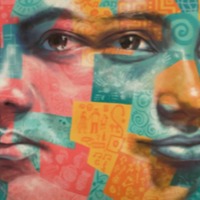
Stella
There are an estimated 136,000 people living on conditions of modern slavery in the United Kingdom (Global Slavery Index 2018). According to the 2017 annual figures provided by the National Crime Agency, 5, 145 potential victims of modern slavery were referred through the National Referral Mechanism in 2017, of whom 2,454 were female, 2688 were male and 3 were transgender, with 41% of all referrals being children at the time of exploitation. People are subjected to slavery in the UK in the form of domestic servitude, labour exploitation, organ harvesting and sexual exploitation, with the largest number of potential victims originating from Albania, China, Vietnam and Nigeria. This data however does not consider the unknown numbers of victims that are not reported. Stella travelled from the Philippines to the United Kingdom for work as a domestic worker. However, her labour was exploited, and she was physically abused by her employer.
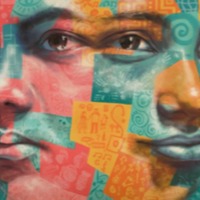
Shin Dong Hyuk (Narrative 2)
The Global Slavery Index 2018 estimates that there are 2,640,000 people living in conditions of modern slavery in The Democratic People’s Republic of Korea (North Korea). Men, women and children are subjected to forced labour and sex trafficking. Government oppression in the DPRK prompts many North Koreans to flee the country in ways that make them vulnerable to human trafficking in destination countries. Many of the estimated 10 000 North Korean women and girls who have migrated illegally to China to flee abuse and human rights violation are particularly vulnerable to trafficking. Some lure, drug, detain or kidnap North Korean women on their arrival, others offer jobs but subsequently force the women into prostitution, domestic service, or forced marriage. If found, Chinese authorities often repatriate victims back to the DPRK where they are subjected to harsh punishment including forced labour in labour camps or death. Shin Dong Hyuk was born in a North Korean prison labour camp in 1982. He tells of his experience growing up in the camp and being forced to work from a very young age. In the camp, food was restricted and beatings were common, by both prison officers and Shin Dong’s own mother. When he was fourteen, Shin Dong’s mother and brother attempted to escape the camp. He was forced to watch their execution and tortured himself for presumped involvement in their escape. In late 2004 Shin Dong was partnered with a man who had seen the outside world and they began to plan their own escape. In January 2005, they escaped while collecting firewood, however Shin Dong was the only one to succeed.
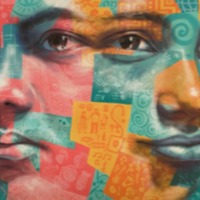
Dayita
The Global Slavery Index 2018 estimates that on any given day there were nearly 8 million people living in modern slavery in India. The GSI 2018 reports an emerging trend in northeast India where organised trafficking syndicates operate along the open and unmanned international borders, duping or coercing young girls seeking employment outside their local area in to forced sexual exploitation. Many women and girls are lured with the promise of a good job but then forced in to sex work, with a 'conditioning' period involving violence, threats, debt bondage and rape. Dayita* was 13 years old when she was kidnapped and sold to a brothel. Dayita was finally rescued by the police and now lives in a shelter. She tells of the actions she took to try and escape her situation, as well as her continued fear after being rescued.
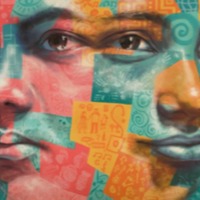
Aditi
The Global Slavery Index 2018 estimates that on any given day there were nearly 8 million people living in modern slavery in India. The GSI 2018 reports an emerging trend in northeast India where organised trafficking syndicates operate along the open and unmanned international borders, duping or coercing young girls seeking employment outside their local area in to forced sexual exploitation. Many women and girls are lured with the promise of a good job but then forced in to sex work, with a 'conditioning' period involving violence, threats, debt bondage and rape. Aditi* was sent to live with her cousin in the red-light area of Kolkata. When she was 11, she was taken to a brothel where she was kept for three years and forced to provide sexual services. When police raided the brothel, Aditi was arrested along with her madam. She was eventually moved to a home and talks of how she is still haunted by her past trauma.
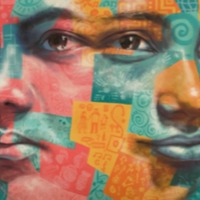
Brooke
There are an estimated 403,000 people living in modern slavery in the United States (GSI 2018). Sex trafficking exists throughout the country. Traffickers use violence, threats, lies, debt bondage and other forms of coercion to compel adults and children to engage in commercial sex acts against their will. The situations that sex trafficking victims face vary, many victims become romantically involved with someone who then forces them into prostitution. Others are lured with false promises of a job, and some are forced to sell sex by members of their own families. Victims of sex trafficking include both foreign nationals and US citizens, with women making up the majority of those trafficked for the purposes of commercial sexual exploitation. In 2015, the most reported venues/industries for sex trafficking included commercial-front brothels, hotel/motel-based trafficking, online advertisements with unknown locations, residential brothels, and street-based sex trafficking. Brooke was trafficked for sex by her nanny at 7 years old while her mother was in hospital and her father travelled for work.
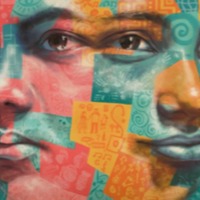
Jessa
There are an estimated 17,000 people living in conditions of slavery in Canada (GSI 2018). Both Canadian and foreign citizens are exploited in forced labour and sex trafficking. Forced labour affects migrant workers under ‘low-skilled’ temporary visa streams including the low-wage and primary agricultural streams. These workers are often in restaurants, hotels, agriculture, food preparation, construction or domestic work. Sexual exploitation of Canadian citizens is the most common form of slavery detected by authorities in the country, with 93% of sex trafficking victims being Canadian. As a child Jessa was sexually abused by family members and given to child pornographers. She tells of how this then led to the pornographer selling her body to men and other pimps. Jessa was trafficked across Canada, the US and other countries, forced to provide sexual services to men and women. At the age of 21 Jessa was approached by a woman working with survivors of trafficking. This began Jessa’s journey to freedom.
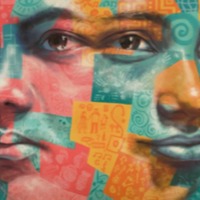
Anita A
Despite signs of progress, Bangladesh continues to have one of the highest child marriage rates in the world.66% of girls in Bangladesh are married under 18 with the average age of marriage for girls in the country being 15. As well as deeply embedded cultural beliefs, poverty, is also a driving factor for child marriage, with parents’ seeking to obtain economic and social security for their daughter. Dowry also continues to be a driving factor, with prices often increasing the older a girl gets. Anita was 13 years old when she was forced to marry a man she did not know. Anita became pregnant 5 months in to the marriage at 14 years old. Her delivery was extremely difficult and the baby died, leaving Anita in severe pain and injured. Anita now worries that if she cannot have another baby, her husband will leave her.
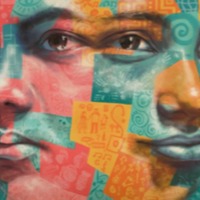
Tenneh
Female genital mutilation (FGM) remains widespread across many developing countries and has affected an estimated 140 million girls across Africa and parts of the Middle East and Asia. In Sierra Leone it is considered a traditional practice as part of initiation in to secret women’s societies known as Bondo, with nine out of ten women and girls having been cut. Membership marks a girls’ transition into womanhood and they receive training in their roles as wives and mothers. While FGM is therefore seen as a societal norm, it has internationally been considered a violation of human rights. As a result, the country faces pressure to pass laws against its practice. Tenneh was subjected to female genital mutilation at the age of 8 years old in Sierra Leone in order to prepare her for marriage.